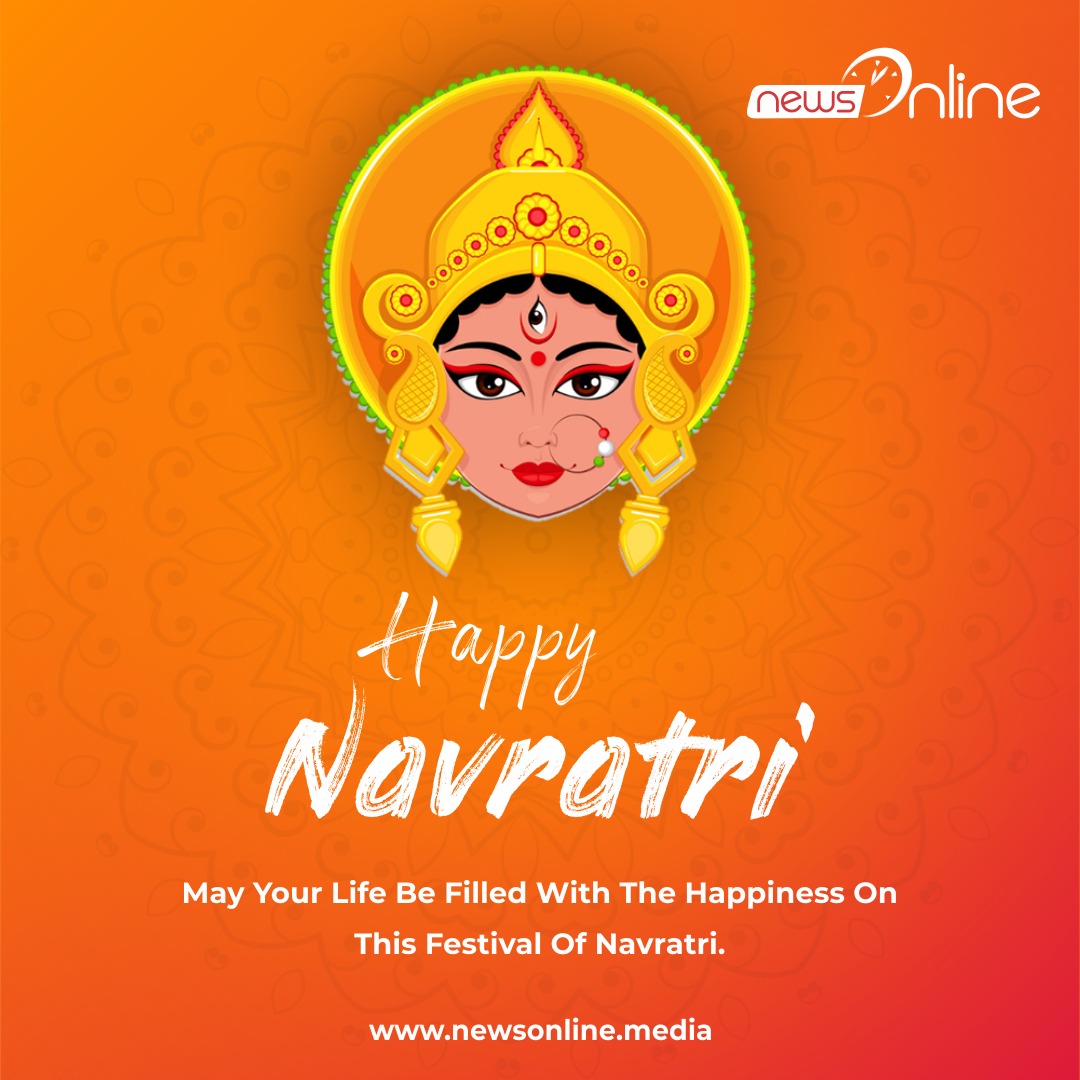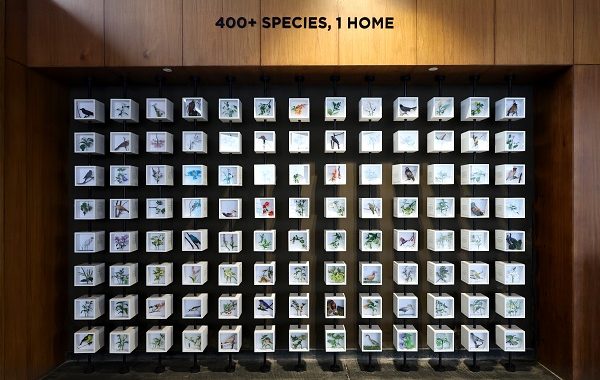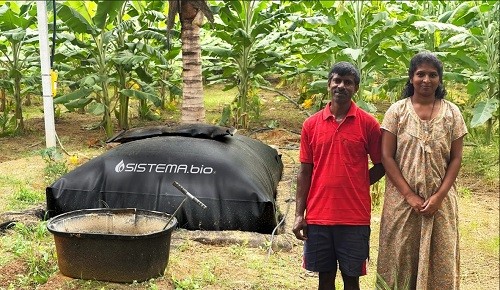Ganesha Chaturthi

Ganesh Chaturthi, also known as Vinayaka Chaturthi or Vinayaka Chavithi is a Hindu festival celebrating the birth of Ganesha. It falls in the months of August or September of the Gregorian calendar. The festival is marked with the installation of Ganesha clay idols privately in homes, or publicly on elaborate pandals.
Ganesh Chaturthi, the birthday of Lord Ganesha is celebrated every year during the Hindu month of Bhadrapada with much fervor and enthusiasm. The ten day long festival ends on Ananta Chaturdashi with the immersion of Ganesha idols. Slogans of Ganpatti Bappa Morya, Purchya Varshi Laukariya (All Hail Ganesha! Please come next year) accompany the procession of Lord Ganesha while he is being taken for Visarjan or immersion after 11 days of start of festival.
It is considered that Lord Ganesha himself descends on Earth to bless his devotees. Anyone who worships him during this time is sure to find success in whatever he endeavours. There are several fascinating things about Ganesha Chaturthi that you probably aren’t aware of.
Lord Ganesha is also refered as “Vigana Harta” (the remover of obstacles) and “Buddhi Pradaayaka” (the giver of wisdom and intellect). In fact, there are around 108 names of Lord Ganesha, but Ganesha and Ganpati are more common.
Much credit goes to revolutionary freedom fighter Lokmanya Tilak for resuscitating interest in the festival. It was during 1893 when Tilak urged the masses to unite and come together to celebrate the festival. The main motive was to unite people and inculcate feelings of patriotism in them. Sadly, when India finally got freedom, Lok Manya Tilak wasn’t there to witness it.
Modak is believed to be a favourite of Lord Ganesha and is especially prepared during the festival. Literally, it refers to something that brings joy.
The biggest Ganesha idol is located in Vishakhapatnam and measures more than 70 feet tall.
Ganesha Chaturthi is also the day when Lord Shiva declared Ganesha to be above all Hindu Gods, excluding Vishnu Lakshmi, Shiva and Parvati.
Lord Ganesha is sometimes represented with only one tusk. This form of Lord Ganesha is known as Ek Dant. There are many myths about the missing tooth of Ganesha. The most common is the story about the tooth being lost as it was hurled at the moon who had offended Ganesha by mocking him.
It is considered unlucky to look at the Moon during Ganesha Chaturthi. According to Hindu mythology, once while returning from a feast, Ganesha riding atop his mouse, was accosted by a snake. On seeing the snake, the petrified mouse dropped Lord Ganesha on the ground. Because of the impact of the fall, the belly of Lord Ganesha burst open and the food he had at the feast spilled out. Ganesha gathered all the fallen ladoos and modaks and stuffed them back in his belly, using the snake to hold his belly together. Chandra (Moon) who was watching everything burst out laughing. This enraged Ganesha and he broke his tooth and hurled it at the Moon, cursing him to never be able to shine again. Later, the Moon sought forgiveness and the curse was undone. But the myth about looking at the moon as a bad luck omen still prevails.
Though many believe Ganesha to be a bachelor, there are numerous instances where Ganesha is represented with two wives-Ridhi and Sidhi. Both of them were created by Brahma to placate Ganesha who was distraught at not having any wife when several Gods and deities had more than one. While Ridhi stands for wealth and prosperity, Sidhi symbolises intellect and wisdom. It is believed that anyone who worships Lord Ganesha also invokes the blessings of his wives.
Happy Ganesha Chaturthi!










